
 Instagram
Instagram
Related products
Are tinted sunscreens just as effective?

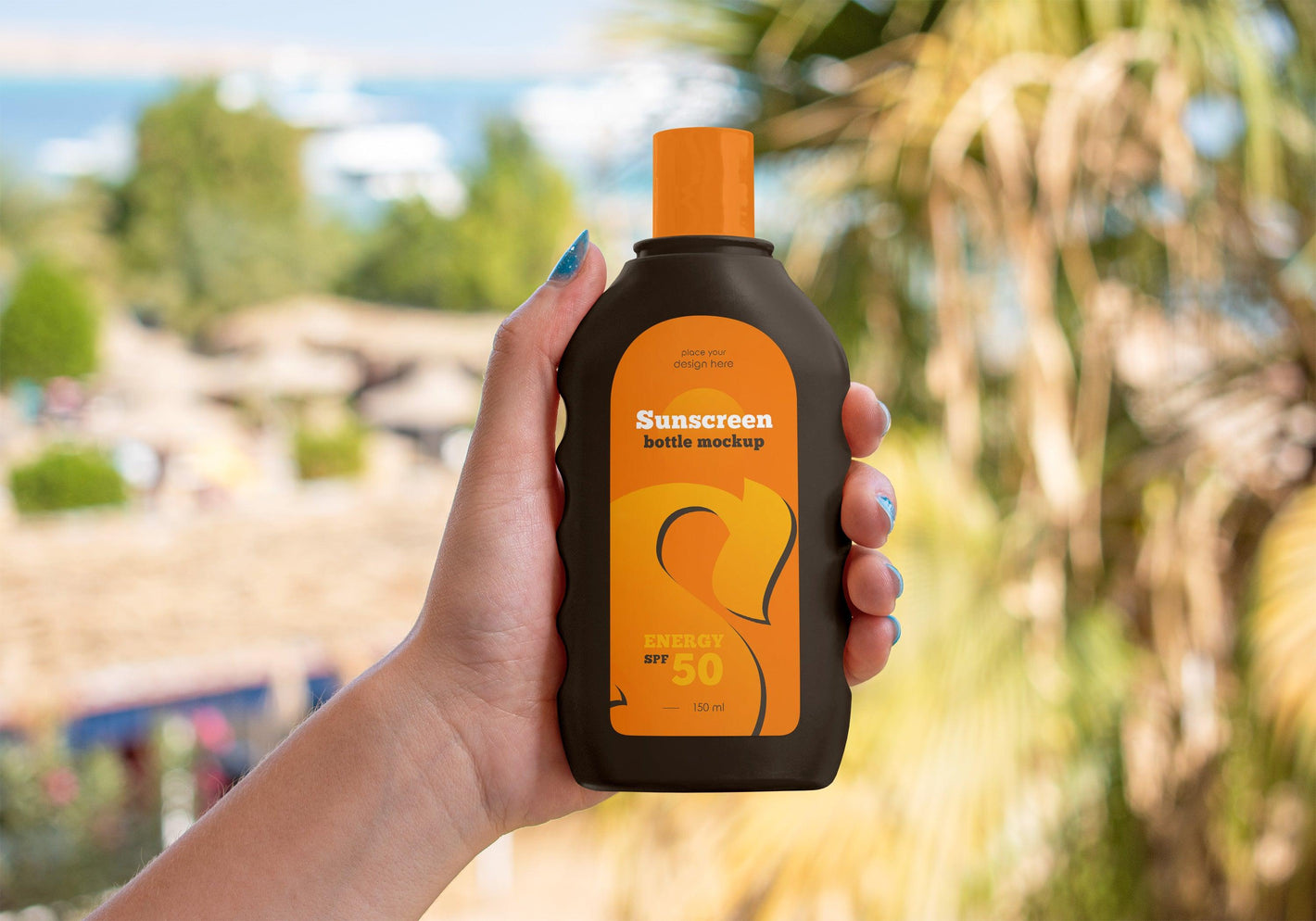
Related products
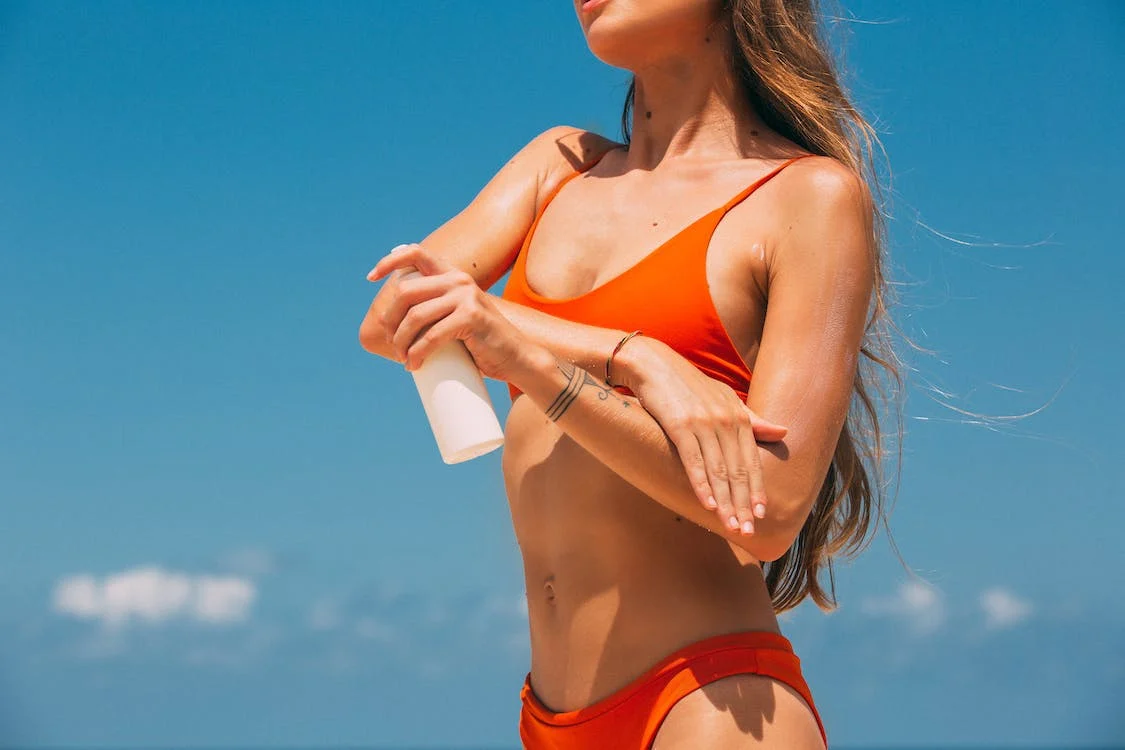
When it comes to sun protection, most people reach for a traditional sunscreen without realizing they may be missing out on broader protection. One critical question has surfaced in dermatology and skincare communities alike: Are tinted sunscreens just as effective, or even superior, to non-tinted formulas? The answer lies in the kind of protection each type offers. While traditional sunscreens are effective against ultraviolet radiation (UVA and UVB), they may fall short in shielding the skin from visible light, particularly high-energy blue light. Tinted sunscreens, enhanced with iron oxides, have been proven to block UV rays and visible light, offering superior protection for people with pigmentation disorders, sensitive skin, or high screen time exposure. Let’s explore the science behind sun radiation, the limitations of conventional sunscreens, and how tinted sunscreens rise to the challenge, not only as skin protectors but also as cosmetic enhancers.
The Full Spectrum: What Are We Really Protecting Ourselves From?
Understanding Sunlight's Components and Their Impact on Skin
Sunlight consists of ultraviolet radiation (UVR), visible light, and infrared rays. Each affects the skin differently: UVA rays (320–400 nm) penetrate deeply, contributing to aging and long-term skin damage. UVB rays (290–320 nm) cause sunburn and increase skin cancer risk. Visible light (400–700 nm), especially blue light (400–500 nm), contributes to hyperpigmentation, inflammation, and skin aging. Most sunscreen skincare products focus on UVA and UVB protection. However, studies show visible light can cause significant skin changes—especially in people with darker skin tones—triggering melasma, post-inflammatory hyperpigmentation, and persistent redness.
Why Traditional Sunscreens Fall Short
UVA and UVB: Covered, But What About Blue Light?
Conventional sunscreens are formulated with chemical or physical filters that block or absorb UVA and UVB rays. While these provide essential protection, they are largely ineffective against visible light. This leaves a vulnerability in many people's skincare routines—especially for those dealing with chronic pigmentation issues or who spend extended periods under artificial blue light sources like phones, tablets, and computers. A high-quality mineral sunscreen like the Badger Sunscreen Clear Zinc SPF 30 helps cover UVA and UVB rays with its zinc oxide base, making it ideal for those looking for eco-friendly and skin-safe sun protection. However, without iron oxides, it won't address the photodamage caused by visible light.
The Science Behind Tinted Sunscreens
Iron Oxides: The Secret Ingredient for Blue Light Defense
Tinted sunscreens contain iron oxides, pigmenting agents that not only provide skin-tone matching benefits but also effectively block visible light, including blue light. These formulas offer broad-spectrum protection, going beyond the standard UVA/UVB coverage to help shield the skin from a wider range of radiation. In addition to iron oxides, these sunscreens often include titanium dioxide and zinc oxide, further strengthening their protective barrier. Their added tint also helps reduce the white cast often left by mineral sunscreens, making them more aesthetically pleasing, especially for deeper skin tones. A premium example of this technology is the EVE LOM Daily Protection SPF 50 Facial Sunscreen, which offers tinted coverage, antioxidant-rich ingredients, and SPF 50—ideal for daily wear and makeup replacement.
Benefits of Tinted Sunscreens Beyond UV Protection
More Than Just Sunblock: Cosmetic and Therapeutic Uses
Tinted sunscreens serve dual purposes: Therapeutic—recommended by dermatologists for conditions like melasma, lupus, rosacea, and hyperpigmentation. They help prevent flare-ups and support treatment outcomes. Cosmetic—act as lightweight foundations or BB creams while avoiding pore clogging. Their tint helps even out skin tone and reduce redness or discoloration. Their cosmetic utility is especially beneficial for individuals looking to simplify their skincare routine without sacrificing protection. This blend of function and form makes them ideal for people of all ages and skin types.
Practical Sun Protection Tips for All Skin Types
Build a Smart Sun Care Routine
Creating a sun protection routine goes beyond just applying sunscreen once a day. Here are smart, actionable tips to maximize safety: Reapply sunscreen every two hours, or after swimming or sweating. Wear wide-brimmed hats, UV-protective clothing, and sunglasses. Seek shade during peak sunlight hours (10 AM to 4 PM). Choose the right sunscreen type for your skin—gel, cream, spray, or stick. For those who prefer quick and sensitive-skin-friendly application, the Nivea Sun Sensitive Immediate Protect Spray SPF50+ provides reliable UVA/UVB protection with an easy spray mechanism. It’s a great choice for outdoor enthusiasts or families with children.
Skin Type Matters: Choosing the Right Sunscreen
Tailoring Sun Protection to Individual Needs
Skin type plays a crucial role in choosing effective sun protection: Oily skin: Opt for gel-based or matte finish sunscreens. Dry skin: Look for hydrating lotions or creams. Sensitive skin: Use fragrance-free, mineral-based formulas. For ultra-sensitive users, the Attitude Sunly - Sunscreen Stick - Unscented - 30 SPF is an excellent choice. Its unscented, portable design and non-toxic ingredients make it perfect for daily use and reapplication, even on the go. People with normal to dry skin can benefit from nutrient-rich options like the Organic Shop Sunscreen DayFace Cream SPF50, formulated to hydrate while protecting the skin from intense sun exposure.
Tinted Sunscreens for Digital Protection
Shielding Against Artificial Blue Light Exposure
With rising screen time from mobile devices, computers, and TVs, artificial blue light has become a modern skincare challenge. While its intensity is lower than sunlight, long-term exposure still contributes to oxidative stress, collagen breakdown, and pigmentation. Using a tinted sunscreen daily is now just as important indoors as outdoors. For people frequently using digital devices, layering a tinted formula helps shield the skin from cumulative damage. Dermatologists increasingly recommend broad-spectrum tinted sunscreens as part of holistic digital wellness routines. A non-tinted option that still offers strong UVA protection is the Uvistat Sun Cream SPF50 UVA 3, suitable for individuals who prefer a lighter, medical-grade sunscreen without cosmetic tint but need daily high-factor defense.
Be Sun Safe

Steps you can take to protect yourself from the harmful effects of sunlight include the following:
-
Avoid direct exposure to strong sunlight
-
Make use of shade when available
-
Wear cotton, light-coloured clothes with long sleeves and long pants
-
Use sunscreens.
-
Wear sunglasses and use lip balms that have SPF protection.
Sunscreens
Sunscreens are topically-applied sun-blocking agents that absorb or deflect harmful sun radiation. It helps protect the skin from the damaging effects of UVA and UVB rays. They are usually available in the form of creams, lotions, gels, or sprays and may be broadly classified as:
1. Chemical or Organic Sunscreens, which absorb harmful UVA and UVB radiation and prevent them from penetrating the skin. Avobenzone, Oxybenzone, and Octisalate are some of the commonly found ingredients in Chemical Sunscreens.
2. Physical or Inorganic Sunscreens that function by forming a physical barrier on the skin and deflecting or scattering harmful UV rays. Titanium dioxide and zinc oxide are some of the commonly found ingredients in Inorganic Sunscreens. Zinc oxide in mineral sunscreen also acts as a soothing agent, providing protection against UV light.
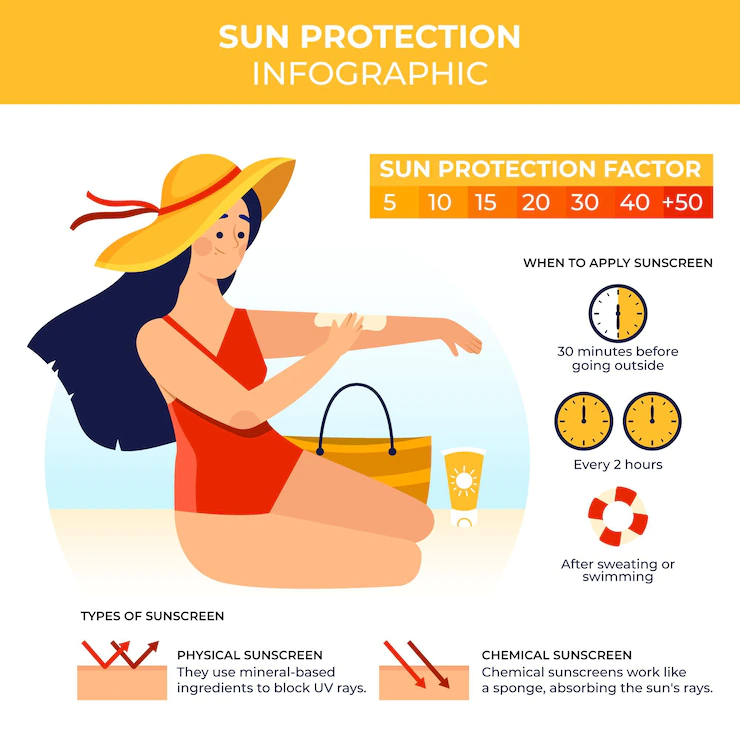
Protection from Visible Light
Yes, sunscreens will help protect the skin from ultraviolet radiation to a considerable extent. But what about the effects of visible light? The hyperpigmentation, erythema, and skin changes related to skin ageing and cancer caused by exposure to visible light, certainly shouldn’t be ignored. And you need not worry, for tinted sunscreens are here to rescue you.
What are Tinted Sunscreens?
Tinted Sunscreen
Tinted sunscreens are sunscreens that include iron oxides, zinc oxide and pigmentary titanium dioxide in their formulations. These components form a visible skin tone on the surface of the skin. A tinted sunscreen thus helps to reflect harmful visible light away from the skin. Based on the varying proportions of iron oxides, tinted sunscreens are available in various skin shades and thus cater to the needs of different skin tones.
Is a tinted sunscreen as effective as a non-tinted sunscreen?
Tinted sunscreens have a wide range of benefits that deem them to be superior to non-tinted sunscreens. Studies have shown broad-spectrum tinted sunscreens to be effective against visible light as well as UV A and UV B.
Tinted sunscreen is specifically recommended for persons suffering from melasma, hyperpigmentation, dark spots, and skin disorders. Certain types of dermatological conditions have a history of being precipitated or aggravated by exposure to visible light. Patients suffering from such conditions can benefit from the properties of tinted sunscreen. They help reduce the melasma relapses and the aggravating effects of visible light on the skin.
Doctors often prescribe tinted sunscreen in conjunction with other creams, ointments, or medications to treat several skin disorders. Because of their ability to block visible light, tinted sunscreens have also been effective in reducing the skin changes associated with skin ageing and cancer.
Tinted sunscreens have also been effective in protecting the skin from blue light emitted by mobiles, laptops and computer screens.
Aesthetics
Tinted sunscreens have both cosmetic and protective functions. They are the best alternatives to non-tinted sunscreens because of their effectiveness against high-energy visible light, UVA and UV B rays. Tinted sunscreen is often used in conjunction with cosmetic agents, yielding the desired glow on the skin.
Certain sunscreens leave a white, chalky cast on the skin. A tinted sunscreen helps to limit this undesirable appearance, more or less maintaining the natural skin tone.
Being safe and gentle on the skin, they are usually preferred over non-tinted versions of sunscreens for children and persons with sensitive skin.
Conclusion: Why Tinted Sunscreens Are a Smarter Choice
Tinted sunscreens are more than just a trend—they're a scientifically-supported upgrade in skincare. With added protection against visible light, particularly blue light, they offer an extra layer of defense that traditional sunscreens miss. They're especially important for people with pigmentation disorders, sensitive skin, or high screen exposure. Choosing a tinted sunscreen with iron oxides, zinc oxide, and SPF 30 or higher ensures comprehensive coverage. These sunscreens not only prevent sunburn but also help maintain an even skin tone, reduce melasma recurrence, and support long-term skin health. For active individuals, the SunSeal Sunscreen SPF50+ Lotion Spray combines high SPF protection with convenience, perfect for travel or outdoor use. In conclusion, while all sunscreens play a vital role in protecting against UV radiation, tinted sunscreens stand out by offering complete, multi-spectrum protection. They meet both functional and cosmetic needs—making them a smart, modern-day essential in your skincare routine.





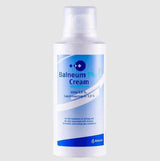




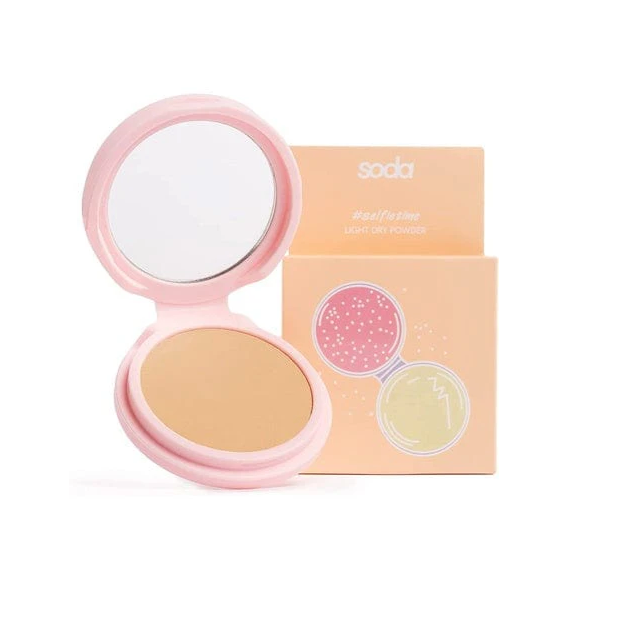
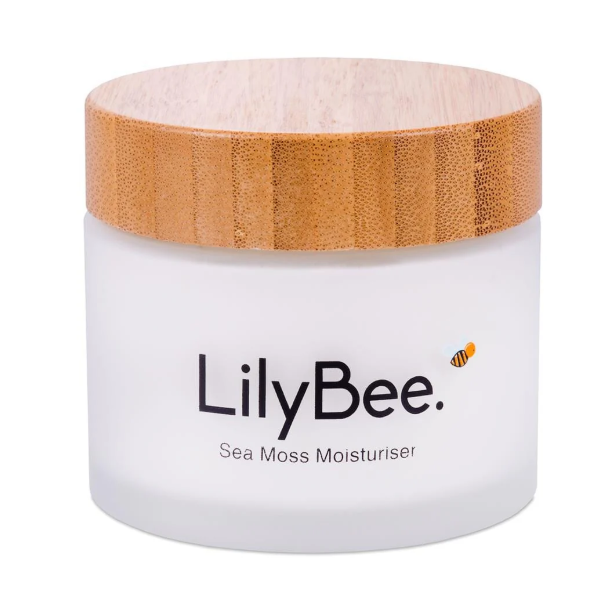


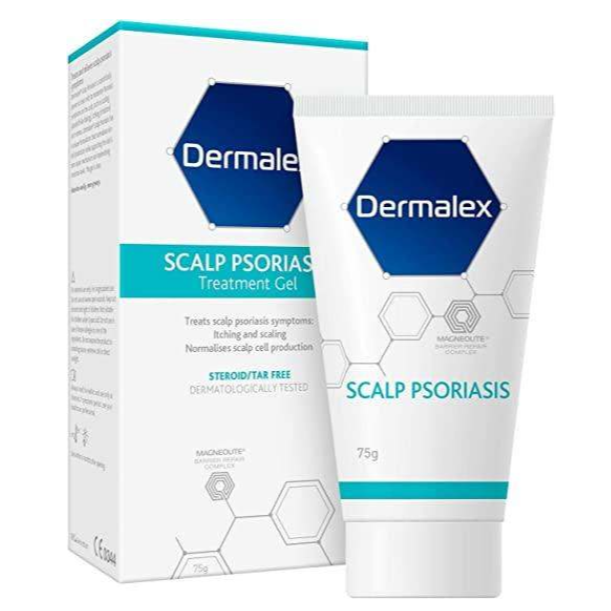


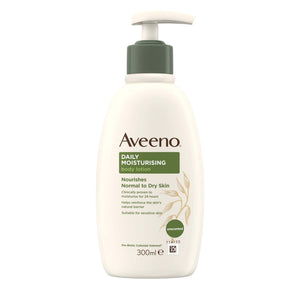






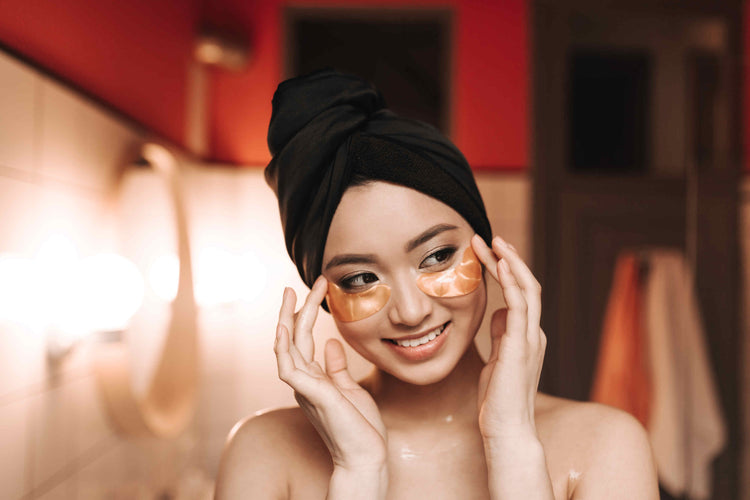
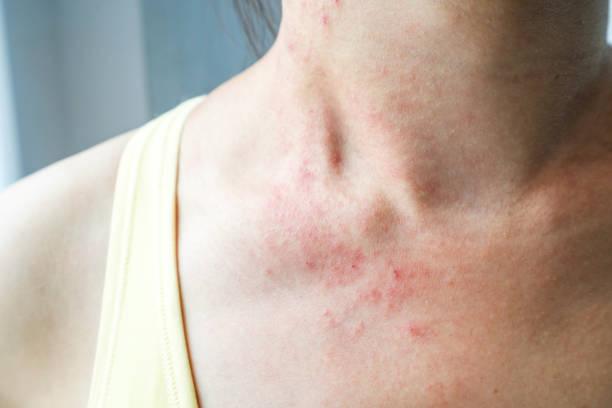
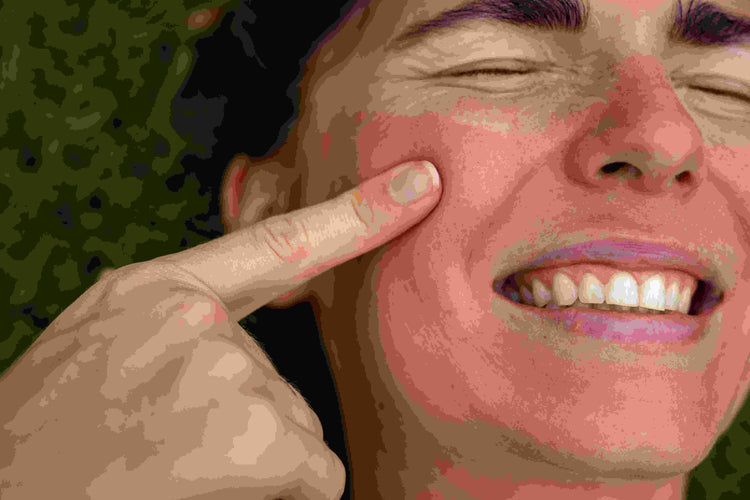



 Rated Excellent by 26,523+ Reviews
Rated Excellent by 26,523+ Reviews